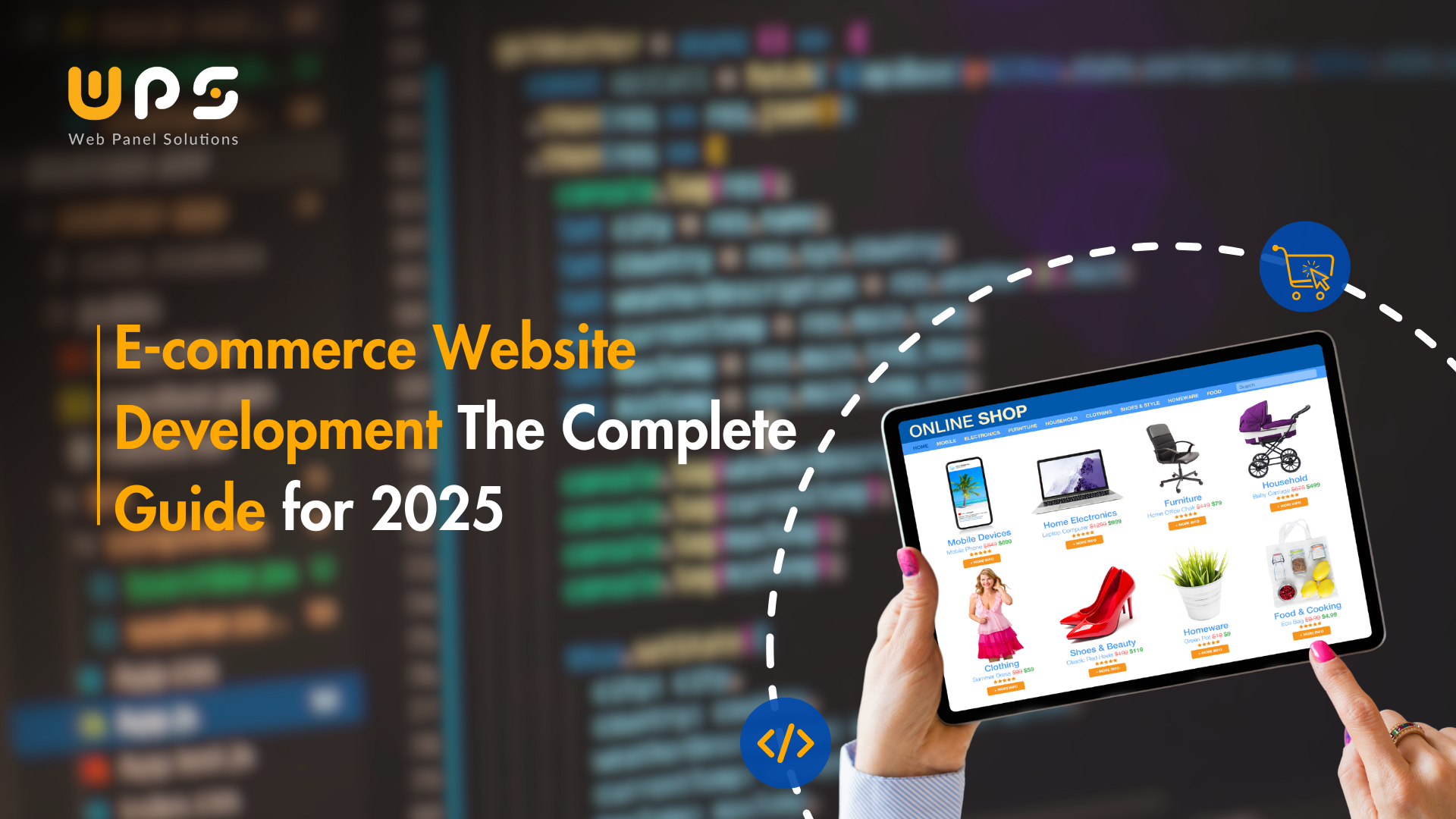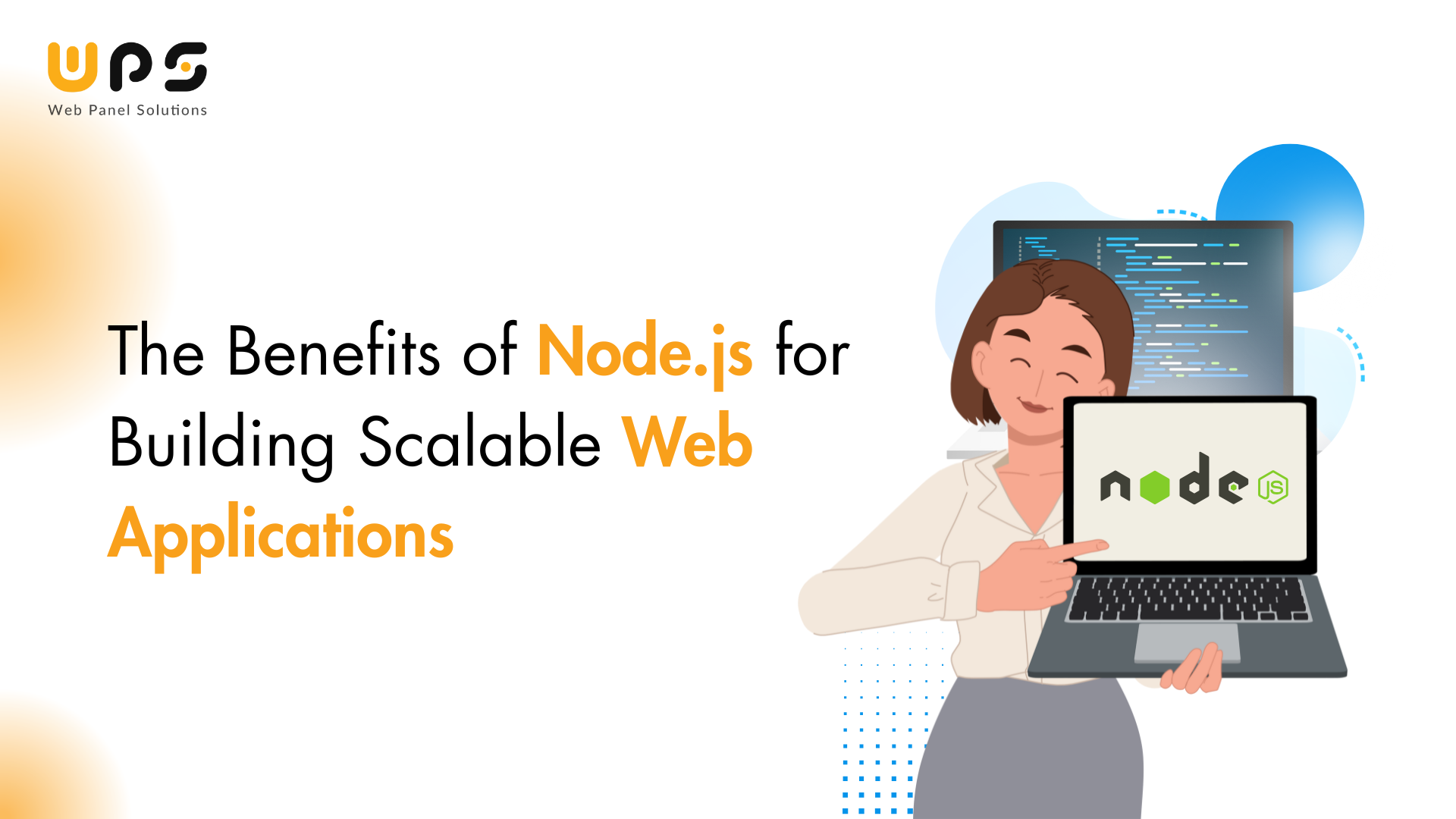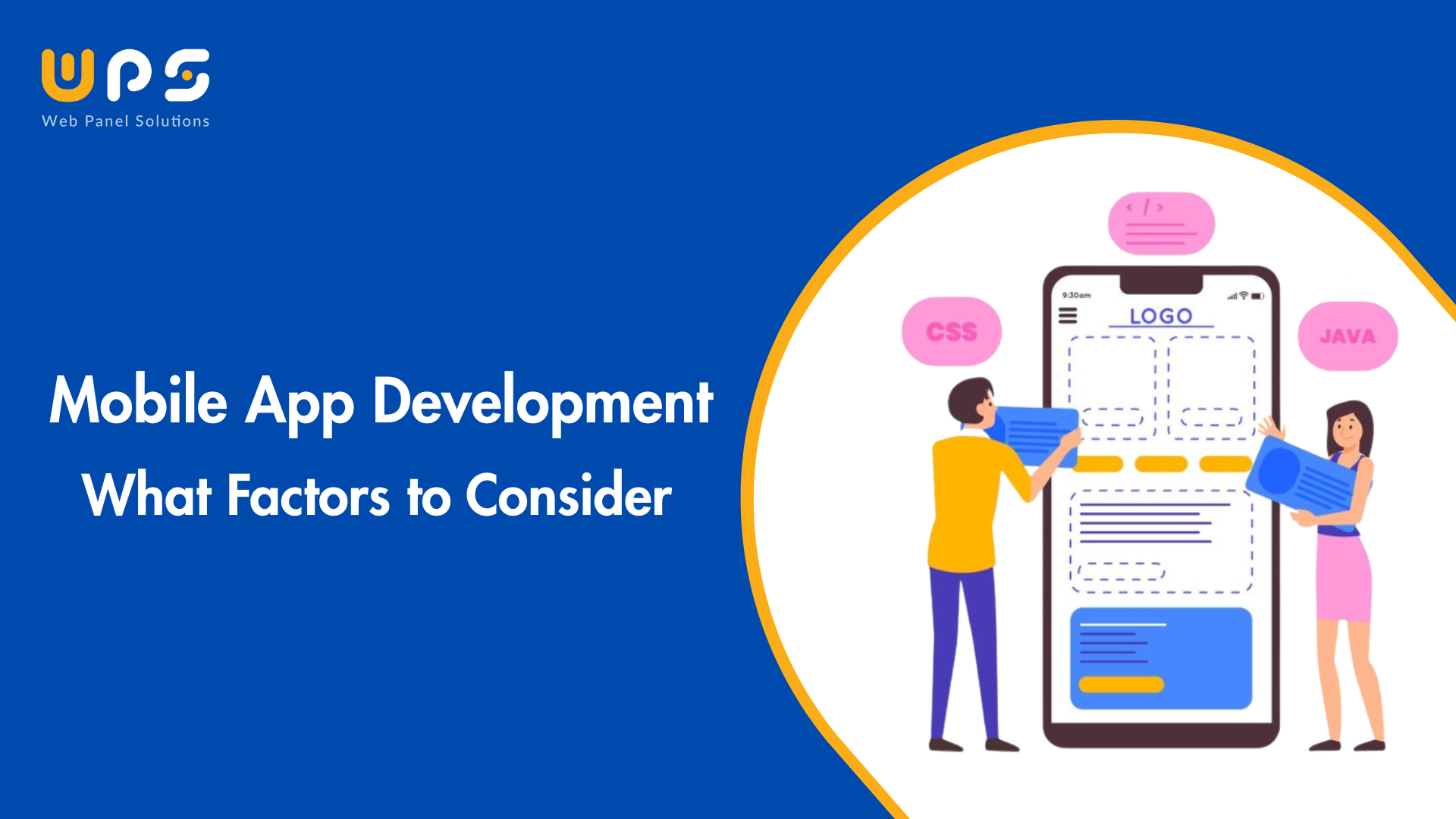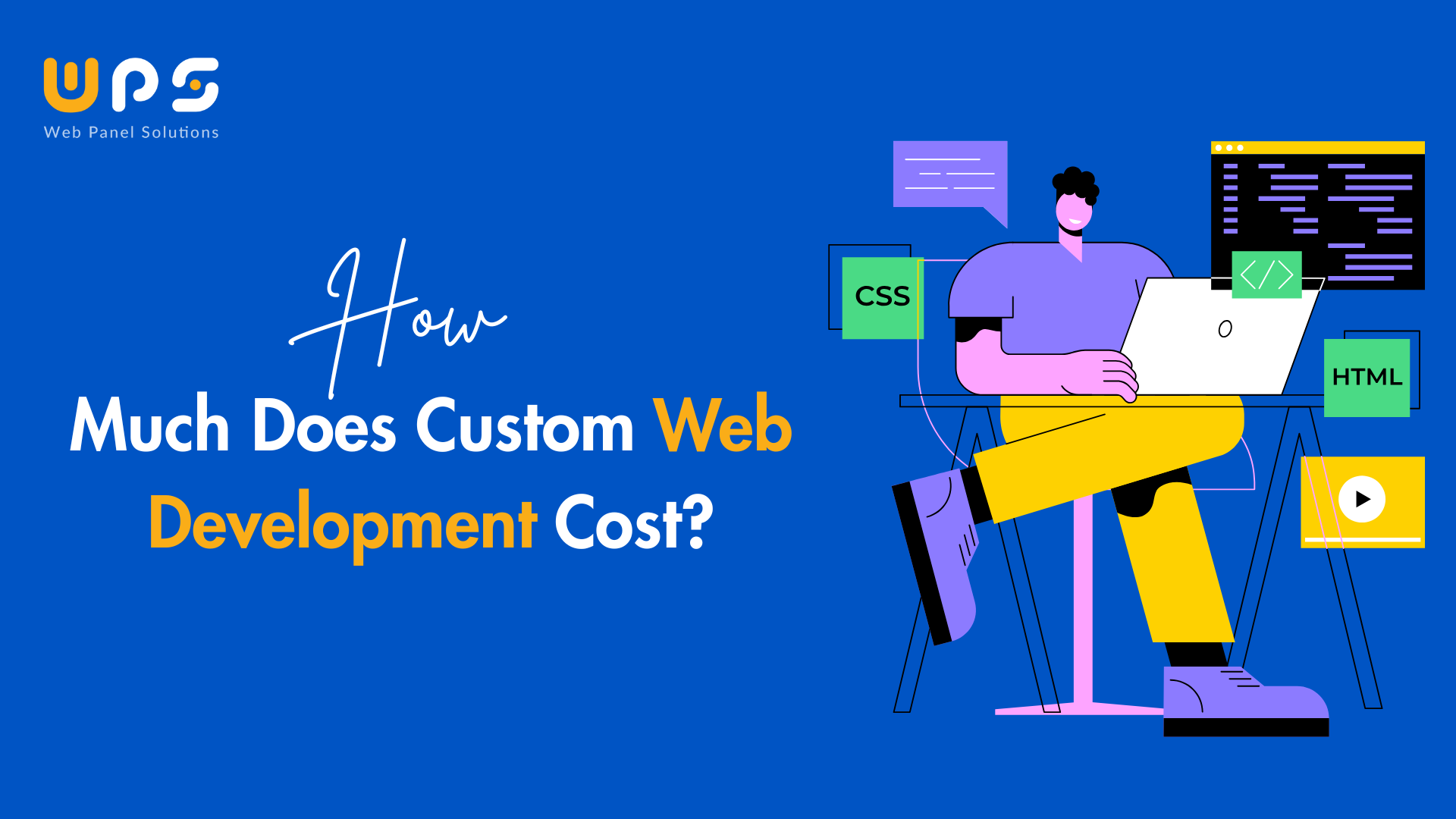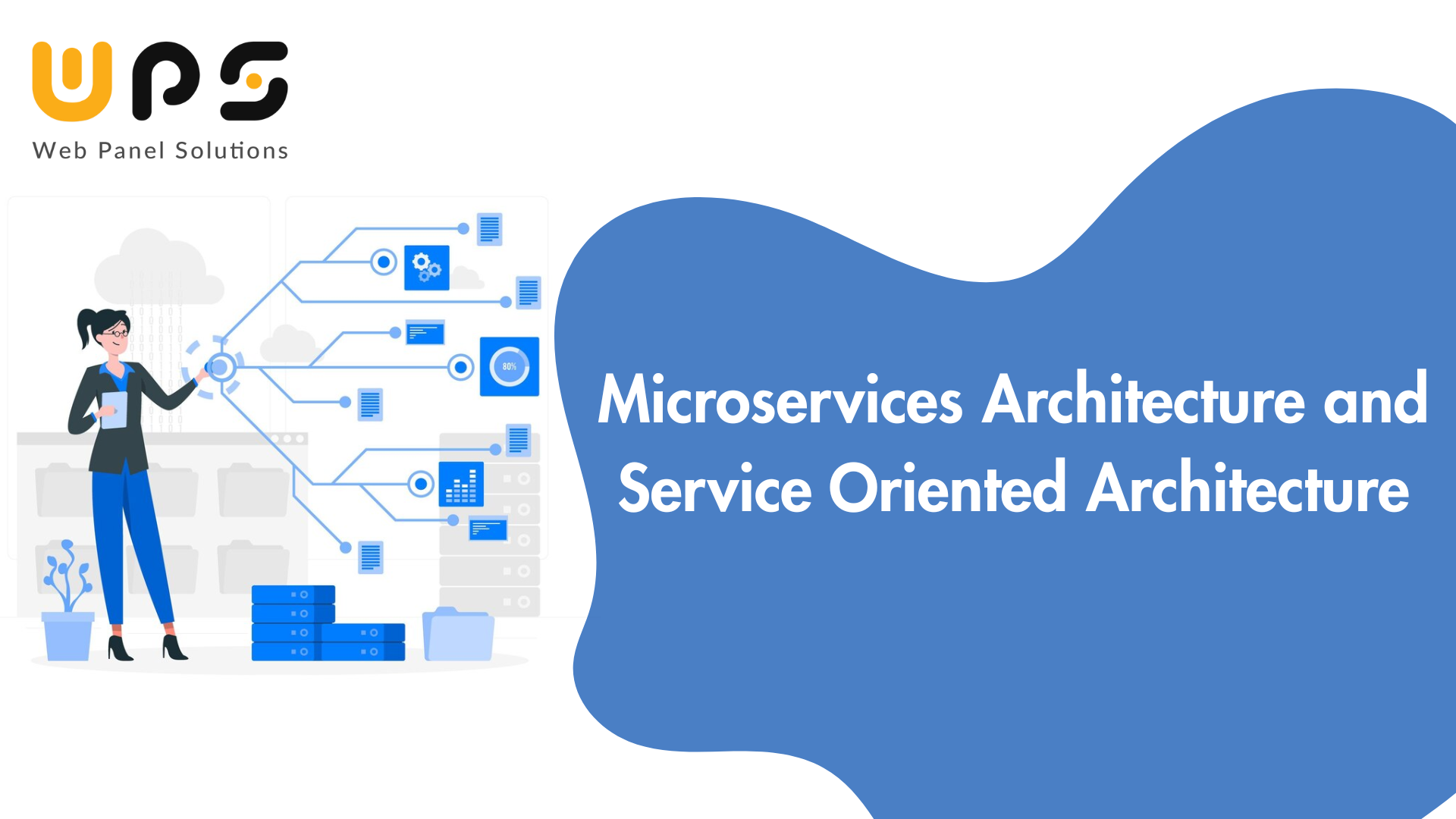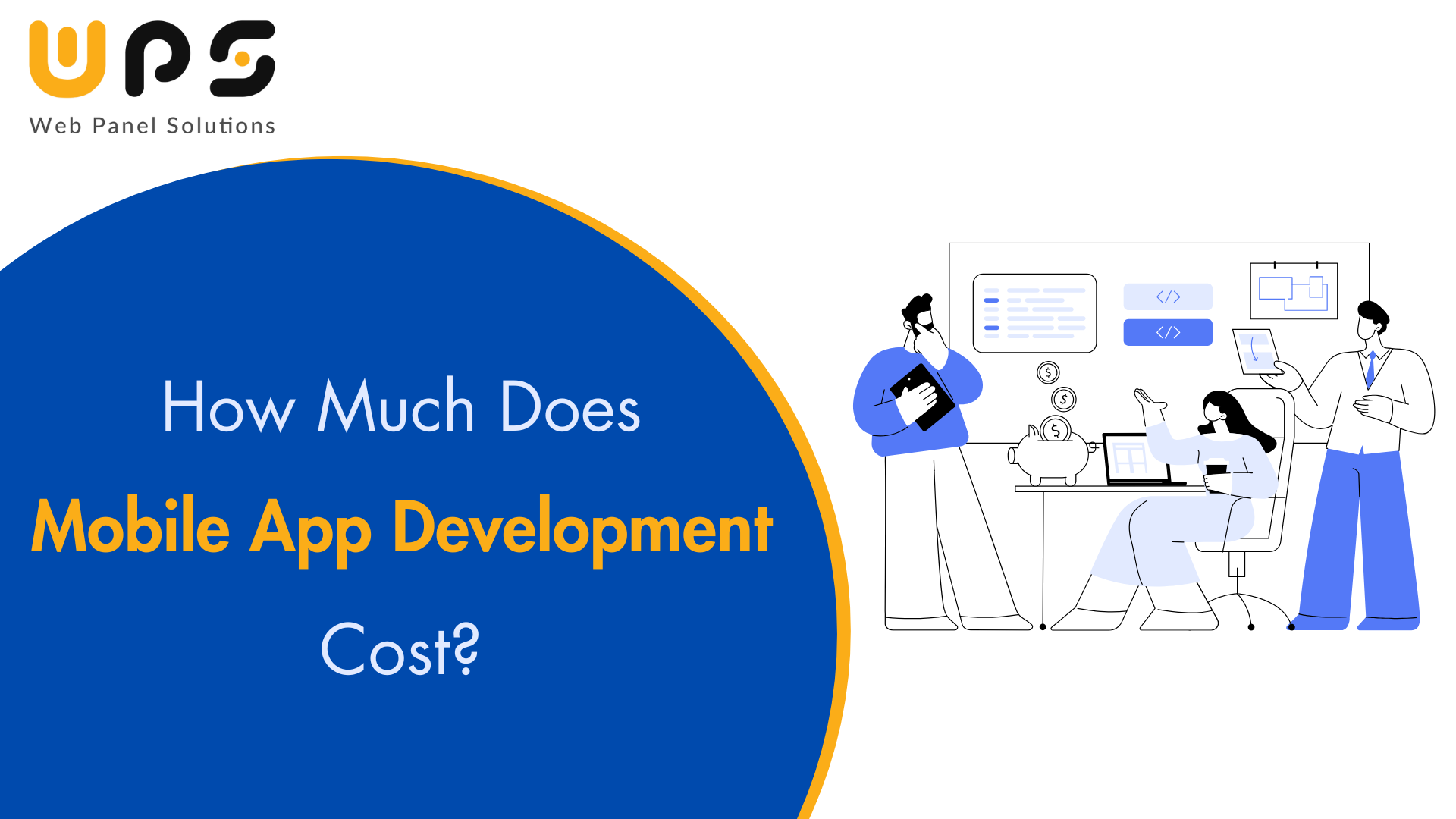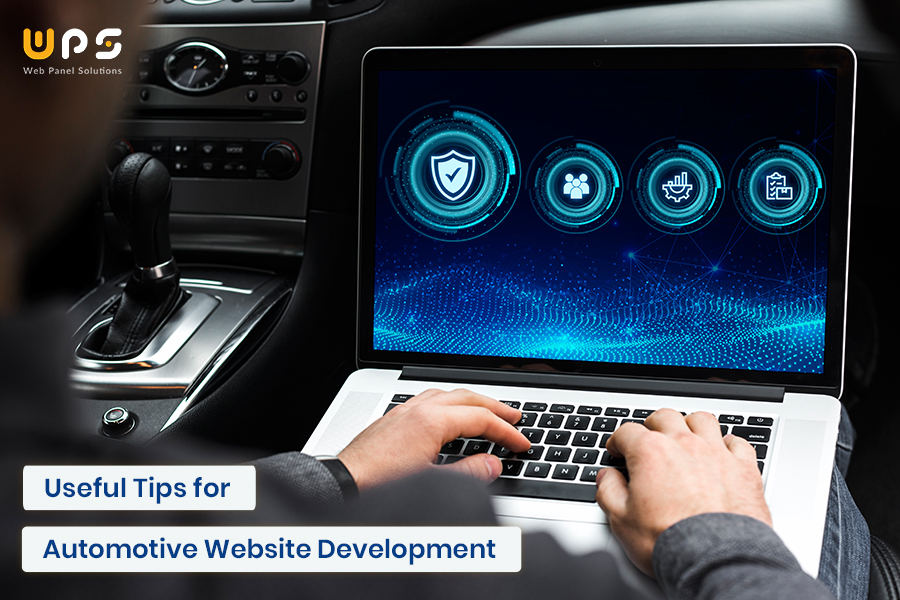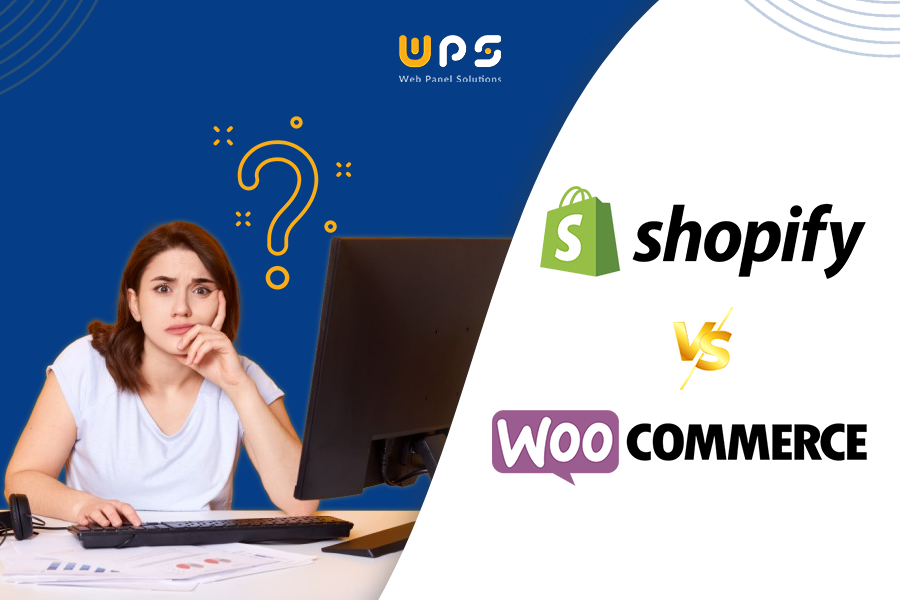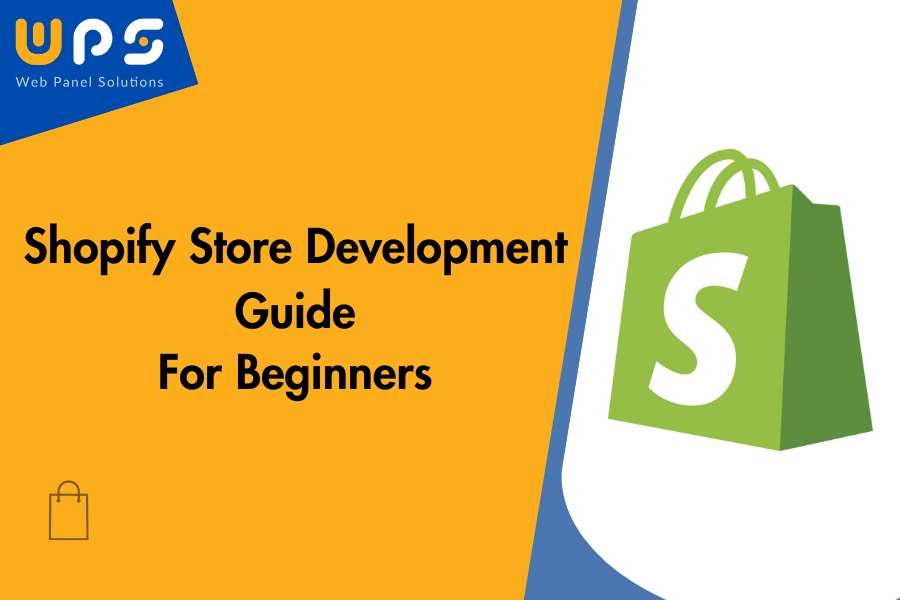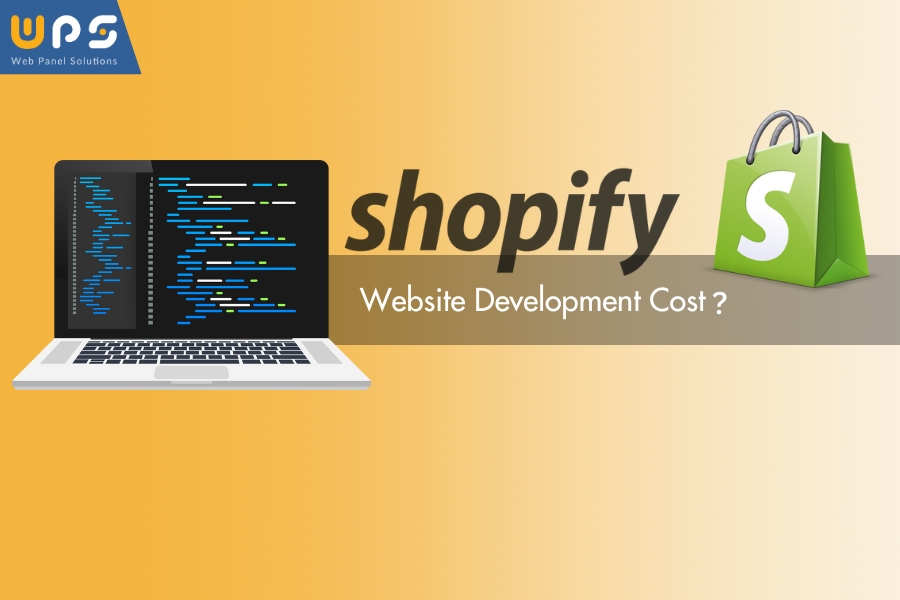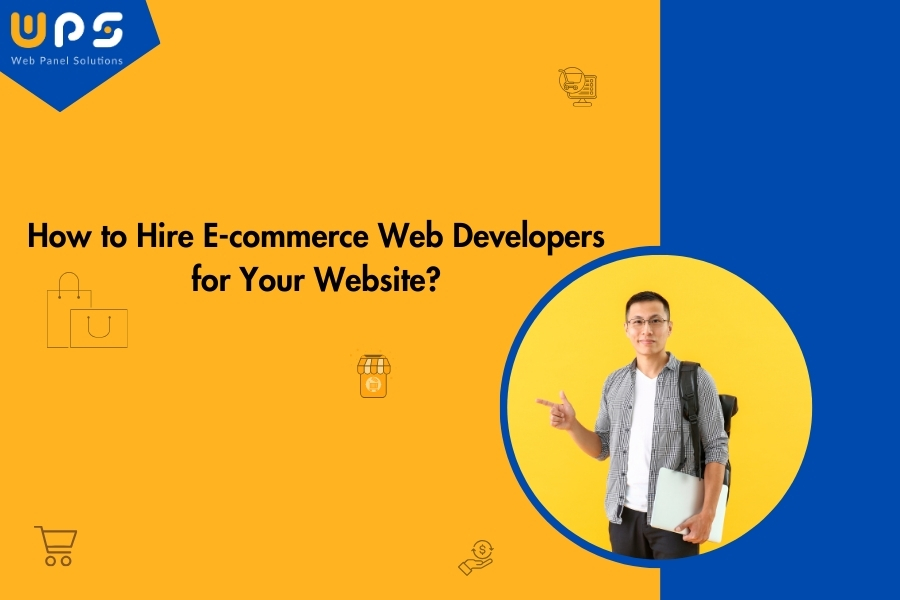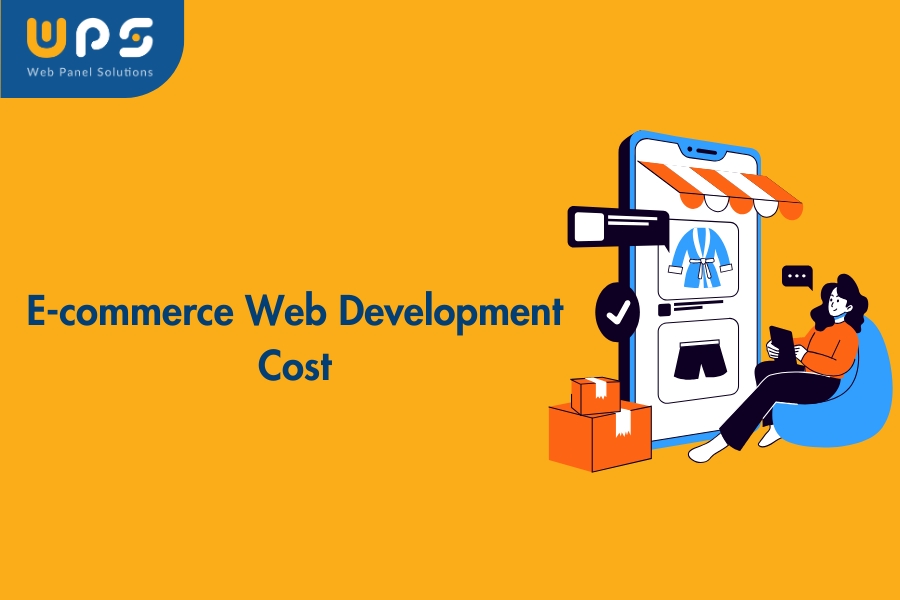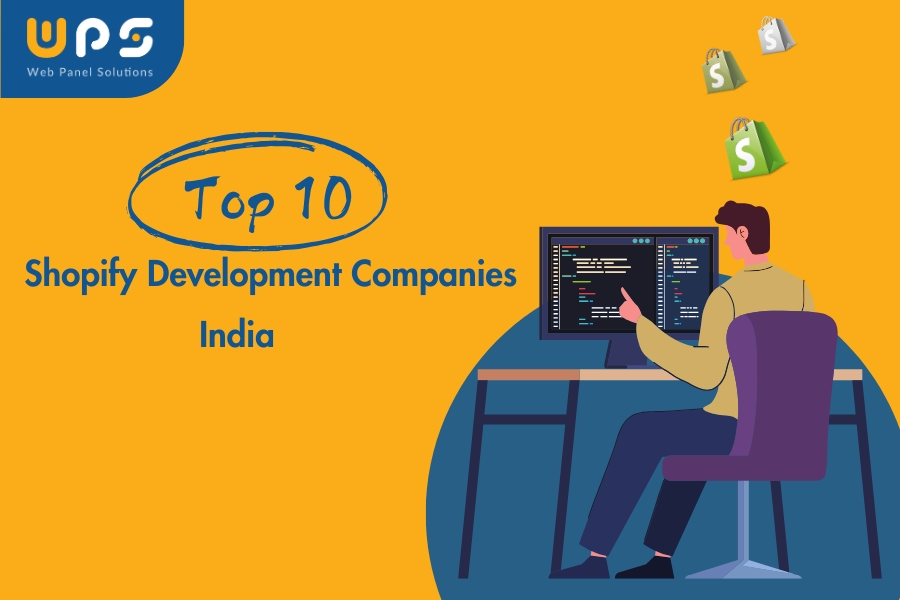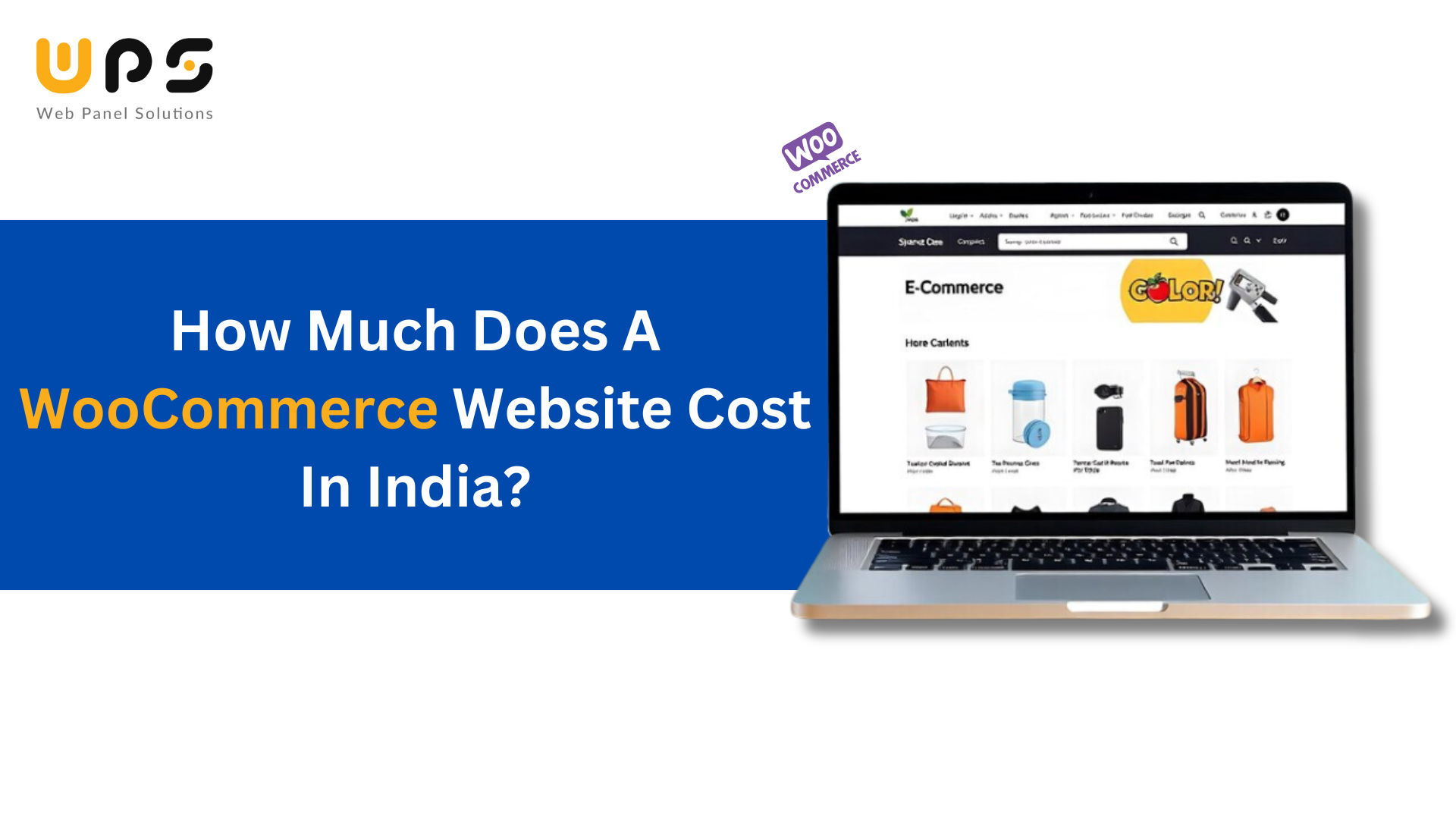Ecommerce Website Development: The Complete Guide for 2025
4 min read
07th January, 2025
The ecommerce sector is fast paced with rapid technological advancements and changing customer expectations and market dynamics in 2025. If you want to set up an ecommerce business or improve your existing online store, then one of the first things you have to learn is the aspects involved in ecommerce website development.
This article contains a detailed step-by-step guide towards developing an effective ecommerce site that is not only responsive to the needs of today’s online consumers but also delivers incredible user experience in the course of shopping.
1. The Importance of Developing E-commerce Websites
Your e-commerce website works as the shops containing products and services for your business. It is the point where you get to meet the customer for the first time and even at the point of sale. Many times, it carries the day in determining whether the customer will become a buyer or abandon the shopping cart. A well built ecommerce website is more than exhibiting products. It earns confidence, improves the experience of users and makes purchase easier.
More so, the year 2025 has raised many expectations from the current shoppers. This calls for quick access, safe payment mechanisms, customized service delivery as well as uncomplicated user interface design. For businesses that want to be distinct, e-commerce website development is one of the core strategies.
2. Deciding on an Appropriate E-commerce Platform
The selection of a specific e-commerce platform is necessary at the onset of developing the website. The platform should align with the business model, embrace growth and expansion, and allow integration with external services and tools. These are some of the best options to use in 2025:
Shopify: Ideal for novices and small to medium entrepreneurs. It is very user-friendly with numerous adjustable templates and an app store for additional capabilities.
WooCommerce: This is also a WordPress plugin that is useful for anyone who has a site powered by WordPress. It is extensible and can be made to adapt to a business specifications although it can get technical, that is, it may be managed on a more technical level.
Magento: This is delivered fully fitted for those large organizations that have diverse product lines. Its considerable expansiveness can sometimes be too overwhelming that you will need a professional to run it for your organization.
BigCommerce: A strong scalable platform that is appropriate for expanding companies. Provides a variety of payment system integrations together with marketing applications and ERP software.
Squarespace & Wix: Acceptable for individuals or very small companies needing to enable e-commerce on their websites. They each have drag-and-drop visual design, which is simple to build pages with e-commerce features.
To know more about these platforms, contact Web Panel Solutions- an e-commerce website development India.
3. Must-Have Features of an E-commerce Website Builder
While choosing an e-commerce platform is the backbone of any e-commerce website development, a successful building of such a site involves a lot more. Here are a few major features that you should incorporate:
Product Pages: Include product information as well as well done photography, and videos, as well as customer testimonial videos done in a way to aid customers in making appropriate purchase decisions.
Search Functionality: The search functionality must also be enhanced with available filters (e.g., by size color price other product attributes) to facilitate the search of products better.
Shopping Cart & Checkout: Ensure accessibility for the shopping basket, and that the entire experience culminating to a purchase is as fast as possible in terms of time taken to complete each step. It would help to have several payment systems since people have different preferences.
Customer Account Management: Enables customers to set up accounts for easy access of information such as order status, suggestions, and quick purchasing procedures.
Inventory Management: Connect your site with the inventory management software, so you don’t sell out-of-stock goods and do not underpromise when it comes to deliverable timelines.
Order Management System (OMS): A well-designed system will help take the control out of the individual’s hand and use the technology to streamline the processes involved in that of the order management system, for instance, receipt of order up to the point of order delivery.

4. How to Incorporate User Experience (UX) into Design - It All Starts with the User
In creating an e-commerce website, user experience is one of the most critical success factors. A good UX design allows the visitors to your website to easily operate it with little or no hindrances to the buying process. This is how UX can be given the focus that it deserves:
Minimalism: A simple and neat design, easy to navigate through, careful arrangement of products into categories enables the user to effectively search for what they want.
Loading Speed: Weight is another component that plays a role in winning the patronage of the client. Use of optimized images, compression of files and good coding can help decrease the loading Time.
Call to Action (CTA) Buttons: CTAs such as ‘Buy Now’, Add to Cart or ‘Subscribe’ should be well placed and appealing.
Customization: Allow ordering features such as product suggestions based on the user's previous views and purchases. Such features are known to improve the conversion rates as well as retention of customers.
Mobile Device Compatibility: Your site should ensure the same delivery standard whether the clients are using desktops, tablets or mobile devices.
5. Improving Your Site for Mobile Devices
As much as 54% of worldwide e-commerce sales are conducted on mobile phones. To say that mobile optimization is essential would be an understatement. Responsive, and custom e-commerce website development, and design accommodates screens of all sizes is imperative. Also, apart from the visual element, you will also need to make your mobile site:
1. Operates at high speed
2. Presents a user-friendly interface with easy-to-click buttons and menus
3. Features alternative mobile payment methods (such as Apple Pay, Google Pay, and mobile credit card forms) to complete the transactions
Taking into account the remarkable growth of mobile commerce (m-commerce), it is critical that the mobile site version of your website is equally as functional and easy to use as the desktop version.
6. SEO Strategies to Increase E-commerce profits
Search engine optimization (SEO) is incredibly important to increasing organic traffic in your online e-commerce site. 2025 has seen SEO changing with the inclusion of user intent, voice search as well as AI based algorithms among other factors. These are the ways to enhance and optimize your e-commerce website:
Keyword Research: This is the process of finding the appropriate terms and phrases that the targeted audience is currently searching for. Use google keyword rooster, ahrefs, sem rush and other similar tools to locate sought after keywords.
Product Descriptions: Ensure that you write original keyword filled product descriptions that are creative and interesting as well creative. Avoid copying and pasting content provided by the manufacturer.
Image Optimization: Include high-quality images but compress product images for quicker loading speeds. Include keywords and alt image text when appropriate.
On-Page SEO: Get rid of duplicated content from the title tags, meta description stats, H1 H2 tags, and slugs. It has been known that seo friendly keywords in short and clean urls enhances their chances of ranking on search engines.
Content Marketing: These include blogs posts, buying guides and customer reviews among others – these materials can help boost your customer base’s SEO as well as assist increasing added benefit to the audience.
7. Payment Gateway Integration
One of the key components to enhance conversions and limit shopping cart abandonment is the availability of diverse payment options. You will have to Integrate secure payment gateways that will accept all major credit cards, digital wallets, and in some cases cryptocurrency as well.
Some of the commonly used payment gateway services are:
- PayPal
- Stripe
- Square
- Authorize.Net
- Klarna( for buy-now pay a later option)
Ensure your payment gateways are PCI-DSS compliant and they safe deal with the transactions.
8. Security Considerations
Security is one of the greatest concerns for companies as well as their clientele. Development of a secure e-commerce site helps in gaining customer confidence and also safeguarding confidential information. Primarily, security features include:
SSL Certification: It provides a risk free environment when paying with a credit card by encrypting the data that is sent from the customer’s computer to your server.
Two-Factor Authentication (2FA): Logins to customer accounts can also be made more secure by incorporating one extra element that makes the login process require two factors instead of just one.
Regular Security Audits: Consistently assess the risk and security of your infrastructure and operations, as well as their resilience and any applicable regulatory requirements.
Data Privacy: In addition to making sure the website has a privacy policy, seek to adhere to any relevant laws concerning the protection of personal data such as GDPR and CCPA.
Web Panel Solutions as a leading ecommerce website development company, always prioritizes data privacy and security in the development process.
9. Expansion Strategies for E-commerce Business After Its Launch
Congratulations on the launch of your e-commerce site. Wait, however, work is not yet done. Here’s how to continue growing your e-commerce business:
Ongoing AB Testing – Repeatedly review on-site elements such as CTAs, images and other copy, to ascertain what drives up conversions.
Incorporation of Customer Feedback – Solicit surveys and reviews and converse with customers to ascertain their pain points to better the shopping experience.
Include Social Media – Utilize other sites such as Instagram, Tik Tok and Facebook in order to generate traffic as well as interaction.
Email Marketing – Spice up the life of a lead through relevant promos and follow up through emails and product recommendations.
End Note
E-commerce website development in 2025 is more challenging than ever before, with high customer demanding standards and advanced technology requiring cutting-edge design, functionality and security. With the right platform, necessary features and attention to UX, mobile, SEO and security, you can create a website that brings in and keeps the customers.
Bear in mind that the e-commerce business is dynamic and trends change, hence prevention strategies such as trend forecasting, paying attention to clients’ views and enhancing your site’s performance are paramount for sustainability. Enjoy creating new things. If you’re looking for an e-commerce website development company, contact Web Panel Solutions.






